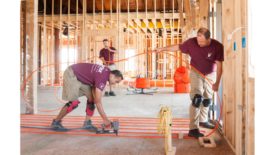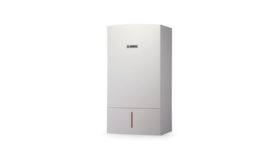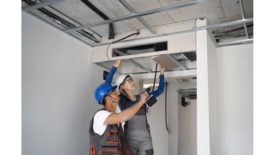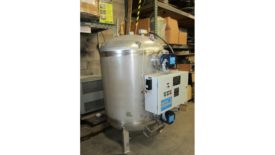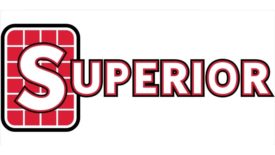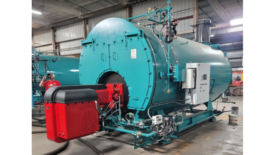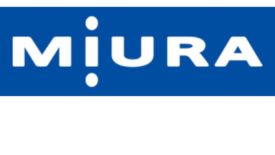Boilers and Hydronics
Wetheads stop here!
ARTICLES
HVAC contractors and end users should consider radiant heating systems as more than niche solutions
Read More
Heating Up: Condensing Boilers Poised to Become Top Heating Option Among Consumers
Highly efficient condensing boilers will save customers money on their gas bills in the long term
Read More
Project Files: Episode 65 — Zero-Emission Hydronic Heat at Brooklyn Brownstone
A DIY demo turned into the opportunity to install Taco’s System M and go all-electric
Read More
Invest in Training for the Future Skilled Trades Workforce
An investment in trades training is an investment in the trades industries themselves
Read More
Key Considerations When Transitioning to Eco-Friendly Electric Boilers
In order for proper electric boiler installation, its challenges have to be addressed
Read More
Copyright ©2024. All Rights Reserved BNP Media.
Design, CMS, Hosting & Web Development :: ePublishing
